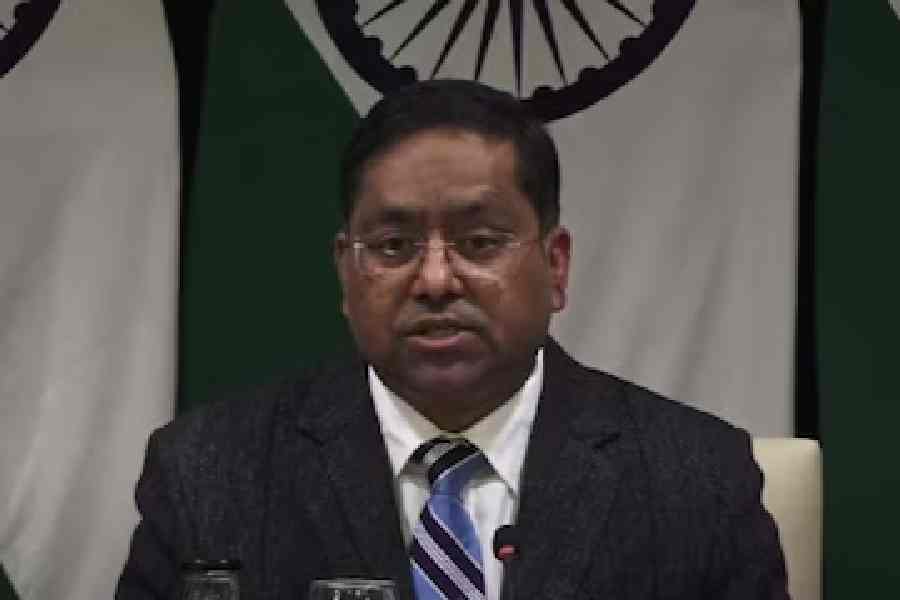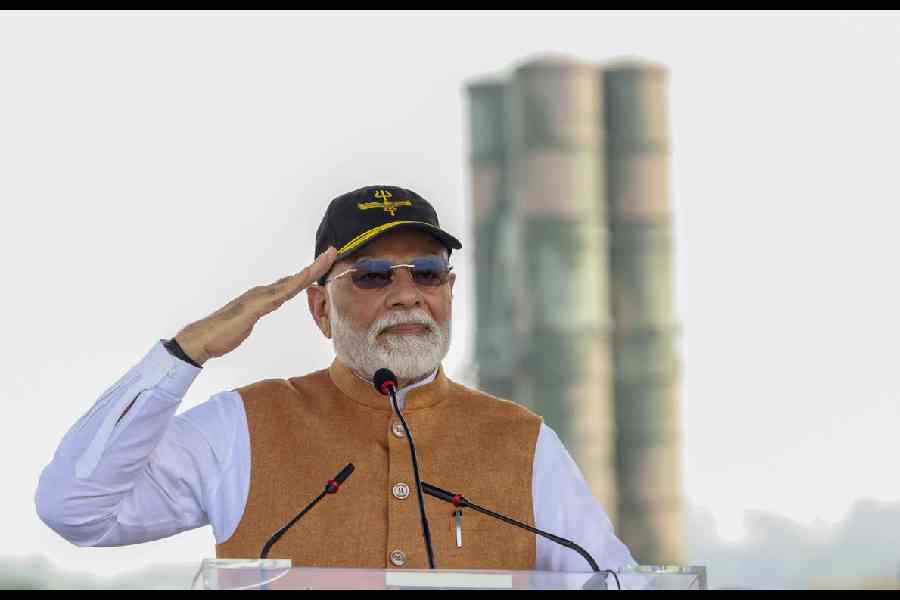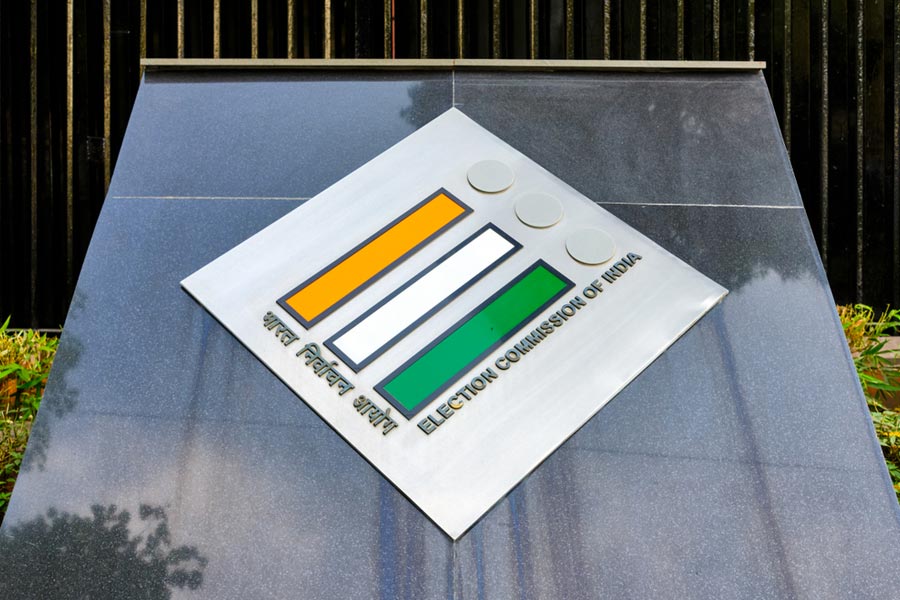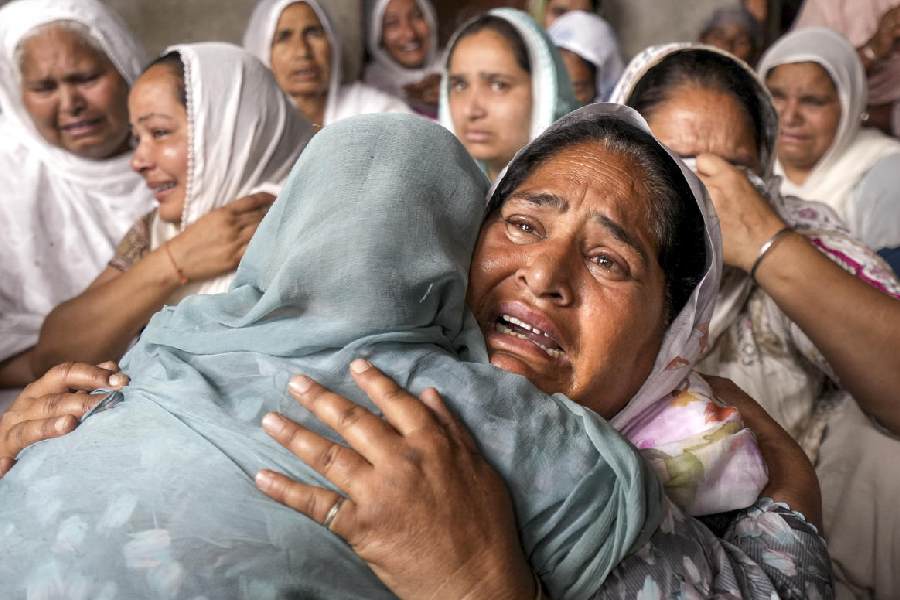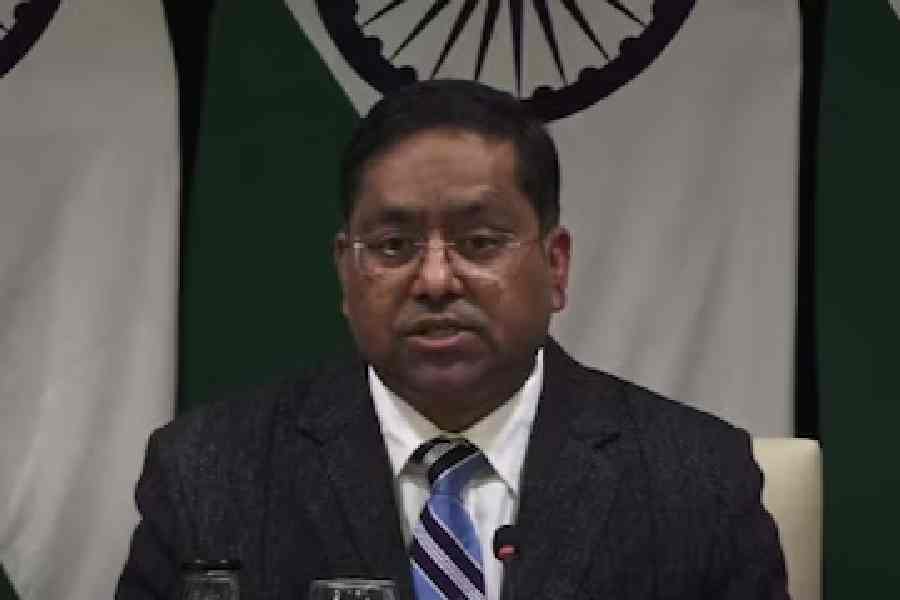 |
Puppets that teach pronunciation and communication skills and an underwater dream production — puppeteers in the city are pulling the strings to popularise this age-old art form.
Rachael MacBean’s love affair with puppets began at 12 and has continued ever since. In between calling the shots during a rehearsal of Kissa Gaya Van Mey, a puppet play about letting a child’s imagination take its own course so that one learns to observe, interpret and explore, the president of Rahales Little Theatre told Metro how puppetry can be a useful tool to train teachers.
“Most people think puppetry is meant for children but it can be used for adult education, especially in voice and accent training. For instance, if you tell somebody his/her pronunciation is wrong, he might take it as an insult. But if a puppet says the same thing, he will be offended with the puppet and not with you. Even if you crack a joke people will laugh at the puppet and not at you,” said Rachael, who has drawn up a four-step plan — communication, entertainment, education and therapy — for classrooms.
Rachael has demonstrated the technique at Pailan World School in Joka, Dr Graham’s Home in Kalimpong, Ashok Hall Girls’ Residential School in Ranikhet, El Bethel School in Rasapunja and schools in Rourkela and Kharagpur. She has also travelled to Japan, the US and Canada to showcase how puppetry can be incorporated into 21st century educational system.
“Puppetry is a dynamic art that appeals to people of all ages. It is like an illustration accompanying a story, which stimulates a child’s imagination. It is an engaging act that serves as a link between lessons and play. When Rachael came to our school, her shows were a huge hit among children. It served as an important teaching tool, especially for reluctant readers. It also serves as a cross-cultural link between children making them aware of each other’s customs, tradition and way of life,” said Ankana Maitra, assistant teacher at Pailan World School.
Veteran puppeteers Suresh Dutta and Kanishka Sen, too, advocate the use of puppetry as a teaching tool in schools. “Puppetry is a strong medium that can be used for teaching. Kindergarten children believe in what they see, so if puppetry can be used for teaching them, they will learn fast,” Dutta said.
Among Rachael’s other innovations are the use of puppets for voice accent and training workshops in BPOs and for a month-long training module for Hindi-speaking forest guides in Madhya Pradesh. “In the West, people are constantly reinventing tradition. In the US, puppets are used to deliver medicines in hospitals, soothe patients at trauma centres and for sex education,” she said.
Innovation, agrees Dutta, holds the key to a long life for this ancient art. “If people change, puppets too have to change in order to survive.”
Dutta’s magnum opus in the making is an underwater production inspired by a puppet show he saw at Charak Mela during Neel Sashthi in Bangladesh. “Water puppetry is common in Santhal villages but unfortunately, the craft has never been encouraged,” said Dutta who is working day and night and hopes his dream production can be staged early next year.
“Earlier puppeteers walked on to the stage, put up their act and walked out. There were hardly any expressions in their eyes or faces. This was specially the case with glove puppeteers. I have taught my team the importance of body language, interaction with the audience, use of modern technology and using the entire stage during a performance so that the end result is a multi-faceted performance and not just the regular puppet act,” Rachael said.
Sen, a pioneer in light design in theatre and puppet shows, said puppetry is constantly evolving. “The form has changed over the years and adapted itself to every generation’s needs… this is a transition period for puppetry in Bengal.” He has long been associated with Abon Mahal and Children’s Little Theatre, both organisations committed to the cause of puppetry.
Bengal traditionally had four types of puppets — shadow, rod, gloves and string. “Each of them had a unique characteristic. While string puppetry used to be performed by the lower castes in temples, glove puppetry was performed for women and kids when they travelled by palki. These styles remain, only the presentation has changed and so have the stories, to suit the changing interests of today’s kids,” Sen said. “Puppetry is like food. Just like you have to add the right ingredients to make a dish tasty, in puppetry, too, you need to know the different techniques.”
For Sen, the real appeal of puppetry lies in its simplicity. “You don’t need any professional training to do it. Buy a pair of gloves, paint faces on the fingers and write a script. Or take a tennis ball and drill a hole into it. Draw a face with a black marker and place it on your fingers. These are simple techniques that can go a long way in adding a personal touch to the art form.”
The curator of Gurusaday Museum, Bijon Mondal, has been doing his bit to keep puppet theatre alive as well.
“Puppetry can be an effective mode of communication…. Our aim is to revive this art and make it relevant. That can only be done if we turn the traditional into influential,” Mondal said. The museum has hosted several workshops on puppetry in the last couple of years. It is at the Joka museum that Rachael recently dramatised an adaptation of Rabindranath Tagore’s poem Mulyo Prapti, Ekti Phooler Binimoye.
Pintu Nandi, the headmaster of Century Siksha Niketan, who attended one such workshop, said: “As an audio-visual medium, puppetry can have a huge impact on children.”
Mumbai-based couple Sangya Ojha and Hashim Haider recently held a string of workshops in the city and were elated with the response. “It is a wrong notion that there is no audience for puppet shows,” said Sangya, who along with Hashim floated The Puppetarians two years ago.


